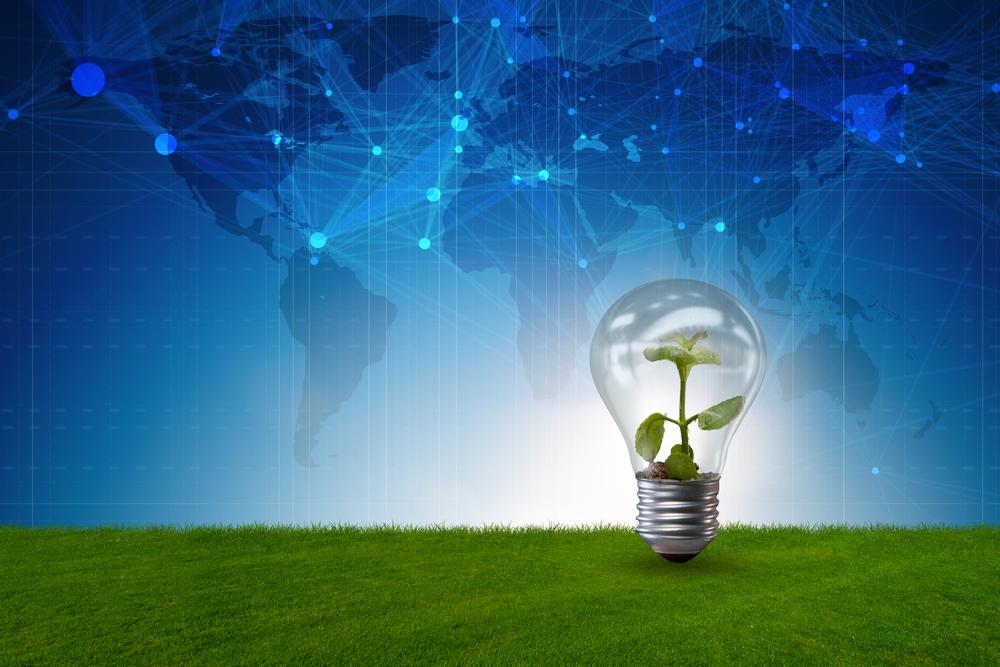
Light Pollution and Animals
Did you know that light pollution has a substantially harmful impact on wildlife? For billions of years, all plants and animals have developed definitive rhythms based on the unchanging day, night, and seasonal cycles. These rhythms dictate crucial animal behaviors such as sleeping, reproduction, and predation. Within the last hundred years, however, these cycles have been drastically disrupted by the growth of humanity’s artificial night-time lighting.
Scientific investigations conducted within the last decade illuminate how desperate this issue truly is. Light pollution’s harmful effects threaten an unacceptably large amount of species, including amphibians, birds, mammals, and insects. The objective of this article is to demonstrate how different types of animals are affected by light pollution and provide potential solutions to this issue.
Which animals are affected?
While light pollution affects both nocturnal and diurnal animals, it poses a greater threat to animals that are active at night. Formerly dark nights are now just as bright as day thanks to artificial lighting, which leads to confusion and disorientation for nocturnal creatures. According to light pollution research scientist Christopher Kyba, “Near cities, cloudy skies are now hundreds, even thousands of times brighter than they were 200 years ago. We are only beginning to learn what a drastic effect this has had on nocturnal ecology.”
According to the International Dark Sky Association, the animals most affected by light pollution are:
- Sea Turtles
- Frogs and Toads
- Humming Birds
- Zebrafish
- Sweat Bees
- Seabirds
- Monarch Butterflies
- Atlantic Salmon
- Zooplankton
- Bats
- Owls
- Mice
- Insects
- Fireflies
What are the general effects?
Thanks to research conducted by the Florida Fish and Wildlife Conservation Commission, we have a general understanding of how artificial lighting affects wildlife:
- “[Artificial lighting] Attracts some organisms (moths, frogs, sea turtles), resulting in them not being where they should be, concentrating them as a food source to be preyed upon, or just resulting in a trap which exhausts and kills them.
- Repels some organisms, excluding them from habitats where they might otherwise make a living. Makes it a form of habitat loss.
- Alters the day/night patterns, resulting in not getting enough sleep, not having enough downtime for the body to repair itself, alters reproductive cycles” (myfwc.com).
The impacts become more specific depending on the animal being affected. For example, after hatching on the beach, baby sea turtles’ survival depends on detecting the bright horizon or illuminated moon to guide their journey towards the ocean. With bright artificial light coming from beachside residencies and towns, hatchlings are disoriented and directed away from the ocean. Without proper ordinances to prevent the inordinate amount of artificial light, millions of baby sea turtles will continue to die every year.
For bird species, human lighting can distract them during their migratory and hunting activities. Without sufficient natural lighting conditions, birds lose their navigation tools (starlight and moonlight). Without these indicators, birds can be lead astray into potentially dangerous environments. Additionally, according to the International Dark Sky Association, “Migratory birds depend on cues from properly timed seasonal schedules. Artificial lights can cause them to migrate too early or too late and miss ideal climate conditions for nesting, foraging and other behaviors” (darksky.org).
What are the solutions?
How can light pollution be reduced to protect ecosystems and wildlife? Collectively, we should work towards ensuring our lighting fixtures are as low as possible to avoid glare and prevent light from traveling upward. We should also have fully shielded light sources, which further aids in keeping light shining downward. Finally, we should make sure that our lighting sources do not emit too much blue light. Blue light can be harmful to humans and animals alike, and shorter wavelengths can actually be perceived as brighter for some animals. Using blue light filters, we can ensure that the wavelengths emitted from our lights aren’t as harmful to wildlife.
On an individual level, one can install timers and dimmer switches to assist in avoiding prolonged accidental and unnecessary use of one’s lights. One can be more conscious of light and energy usage in their homes and offices, and again, one can control the wavelengths emitted from their lights (potentially using CWES technology!).
Have additional questions about the harmful effects of light pollution? Contact us at (480)-998-1694. Be sure to browse our catalog to see if any of our environmentally-friendly products can help your commercial or outdoor lighting needs.
References
http://cescos.fau.edu/observatory/lightpol-environ.html
https://www.darksky.org/light-pollution/wildlife/
https://www.darksky.org/wp-content/uploads/bsk-pdf-manager/Wildlife-Brochure-FINAL2_32.pdfhttps://myfwc.com/conservation/you-conserve/lighting/pollution/